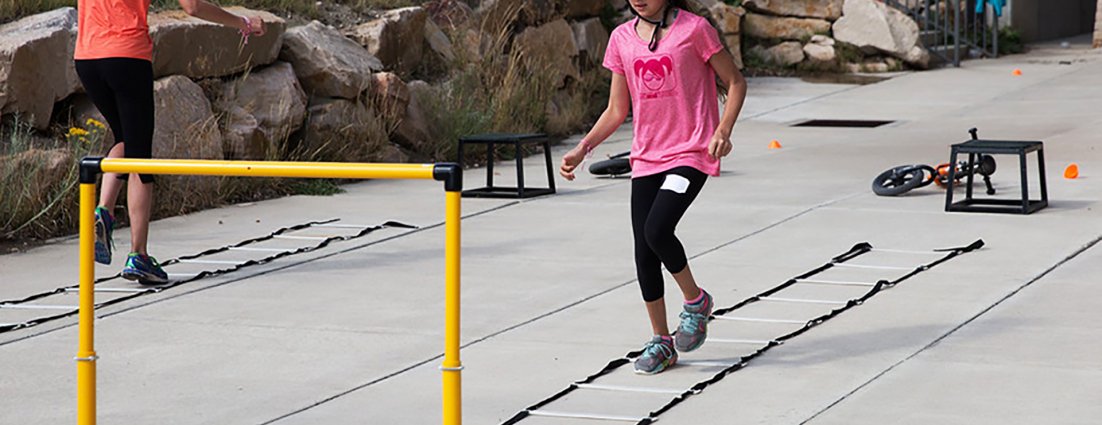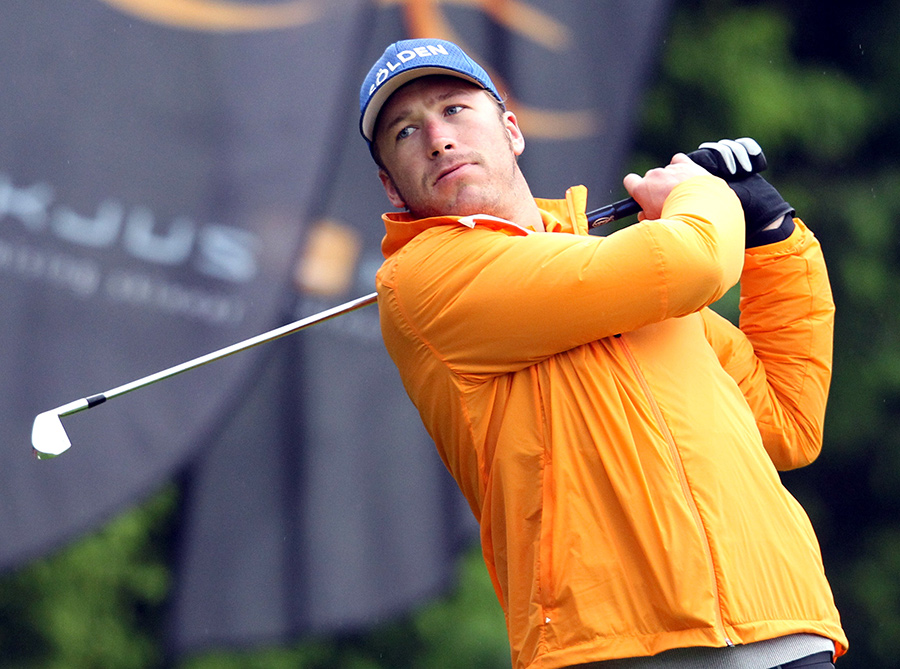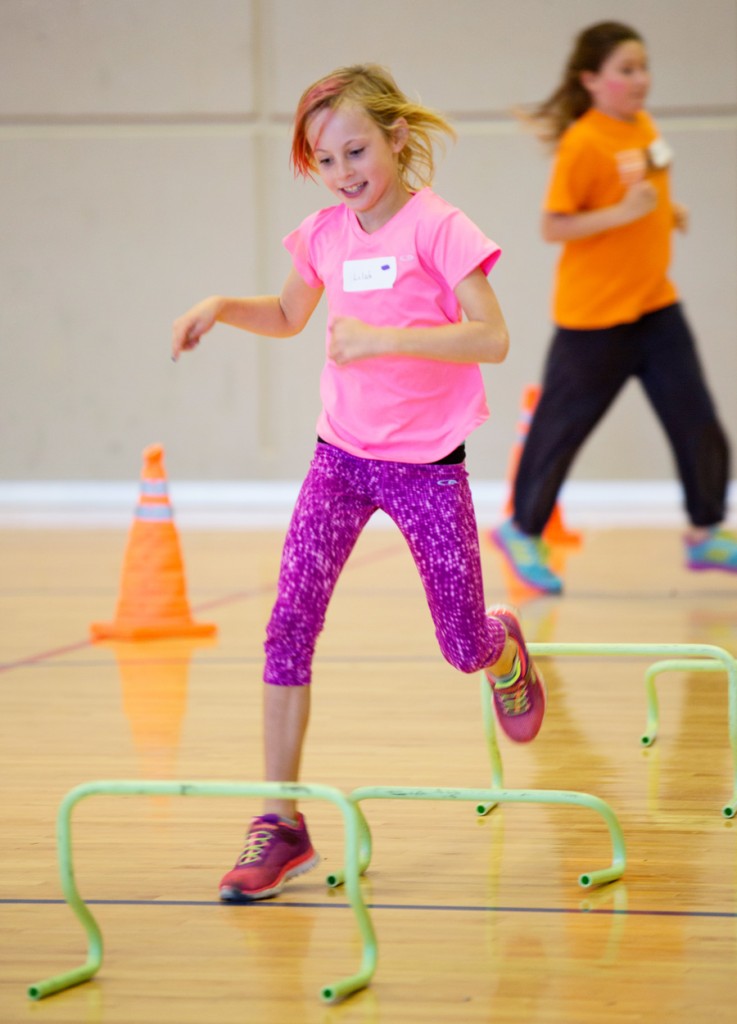Let’s Talk About Physical Literacy
08.10.2017 | Sean Higgins

We all know that one person who has a seemingly inhuman ability to get up off the couch, pick up a new sport, and within a few hours demonstrate more mastery than people who have been at it their entire lives. Some say this is simply being blessed by the ever-elusive ‘athlete genes,’ but others, like United States Ski & Snowboard, Director of Sport Education, Jon Casson, believe an early education in physical literacy can do wonders when it comes to athletic prowess later on in life. United States Ski & Snowboard is taking the opportunity to educate our young athletes at a crucial developmental age. Casson and his staff are on a mission to educate their membership and combat the trend of early sport specialization that has been en vogue for the last few decades.
“Bode Miller is a great example; he’s an amazing tennis player and golfer,” says Casson. “People that have command of their bodies can pick up new sports pretty quickly. You start out with this general athleticism, and then you specialize for your career as an elite-level athlete.”

“Societally, our sports are being driven for early specialization,” Casson explains. “The pendulum swung in kind of the 80s and 90s and into the early 2000s where parents are over scheduling their kids and focusing on one or two sports at a time at a very young age with the hope that their kids are going to get a college scholarship or turn pro. We all know the realities of college scholarships being very rare, especially in skiing.”
Casson explains that the concept of physical literacy was initially developed as an offshoot of the long-term athlete development (LTAD) model in the 1990s. Researchers were taking a look at early sport specialization in children versus general sport skill development and hatched the idea of physical literacy.
The concept of physical literacy starts with the building blocks of agility, balance, coordination, and speed, and then moves into fundamental movement skills such as running, skipping, hopping, throwing, catching, kicking, striking, dribbling, and jumping, among other things. After athletes show a certain degree of development of those basic skills, they can then move into fundamental skills in particular sports and begin to work on more specific, precise, and coordinated movements that are found at the elite level.

Don’t be afraid to get creative with your dryland routines. Credit:USSA
Essentially, the physical literacy model is a framework that is designed to develop the movement competencies needed to be proficient at the higher levels of elite athletics.
Casson and his team at USSA have incorporated the concepts of physical literacy into their new training models and hope to educate athletes, parents, and coaches in the value of general athleticism versus skiing-specific movements, especially in young children.
“As kids reach puberty and reach the point of sport specialization, those are the building blocks that help them get there and allow the kids to become more specialized over time,” Casson explains. “Where we need to focus this type of movement and this type of developmental activity is in those younger ages.”
Another often overlooked aspect of physical literacy is children having unstructured time to just go and play outside. Casson blames the trend of parents over committing their kids to planned activities and not allowing time for them to be outside and developing their physical literacy on their own.
“They have art class and piano class and soccer practice and parents aren’t opening the door and saying, ‘Go play!’ anymore. Luckily, I think the pendulum is swinging back the other way around right now. I think we’re in a societal movement where there have been so many studies on the lack of physical education and the lack of unstructured play and the over-specialization in sport that there’s enough information out there for parents to get the pendulum to swing back the other way.”
Coaches can take a page from Casson’s playbook and incorporate aspects of free play into their dryland programs by adding elements like obstacle courses – even ones that the athletes design themselves. It is called unstructured free play, after all.
Casson admits that even he was susceptible to the pitfalls that many coaches and parents get trapped in when planning off-snow fitness programs for their athletes.
“When I first started coaching, I was trying to mimic snowboard skills during dryland and be very specific on those movement patterns to try and ingrain those in and create muscle memory,” he says. “In actuality, general athleticism is going to do more for your muscle memory than anything else by having control over your movements rather than just repeating patterns over and over again.”
In addition to the mounting evidence in support of concepts like physical literacy, there have been countless studies in recent years that point to regular physical activity in children not only making them healthier but making them better learners in the classroom as well. Be sure to check out USSA’s training systems to see USSA’s recommendations to effectively plan out a program to best prepare your athletes for successful careers.